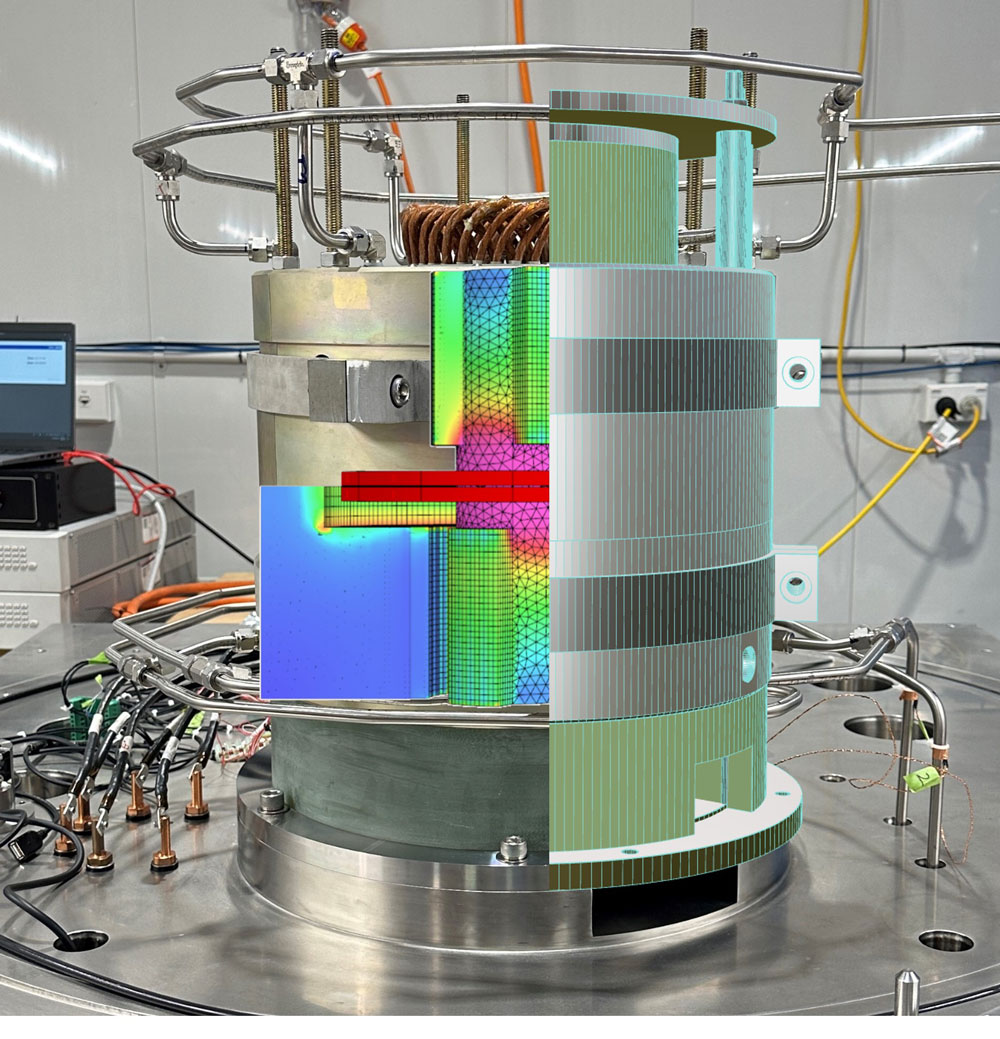AP-2-5
Superconducting AC Homopolar Machine: From Models to Measurements
15:00-15:15 28/11/2023
*James Storey1, Kent Hamilton1,2, Mohammad Siamaki1, Eilish Baine1, Matthew Pearce3, Bill Heffernan4, Swarn Kalsi5, Rodney A. Badcock1
1. Pauhau-Robinson Research Institute, Victoria University of Wellington, NZ
2. Open Star Technologies, Wellington, NZ
3. University of Auckland, NZ
4. University of Canterbury, NZ
5. Kalsi Green Power Systems, LLC, Princeton, NJ, USA
Amid a global desire to decarbonize the aviation industry, high-power-density superconducting motors and generators are being considered for the electrification of medium to large-scale aircraft. In 2017, Robinson Research Institute embarked on an ambitious program to design and build a high-speed 22 kW AC homopolar machine to raise the technology readiness level of superconducting machines for aviation applications. The modular design of the machine allows it to operate as a testbed for enabling subsystems including a conduction-cooled REBCO field coil, flux pump current source, optical fiber-based quench protection, and superconducting bearings. This year the machine was successfully assembled and, during ongoing testing, has achieved speeds of up to 18 000 rpm so far. This presentation will review our journey from models to measurements, compare predictions with results, and conclude with a preview of ‘where to next’.
This work was supported by the New Zealand Ministry of Business, Innovation and Employment under the Endeavour Fund program ‘Ultra high-speed machines for hybrid-electric aircraft’ (RTVU1707) and the Advanced Energy Technology Platform program 'High power electric motors for large scale transport' (RTVU2004).
